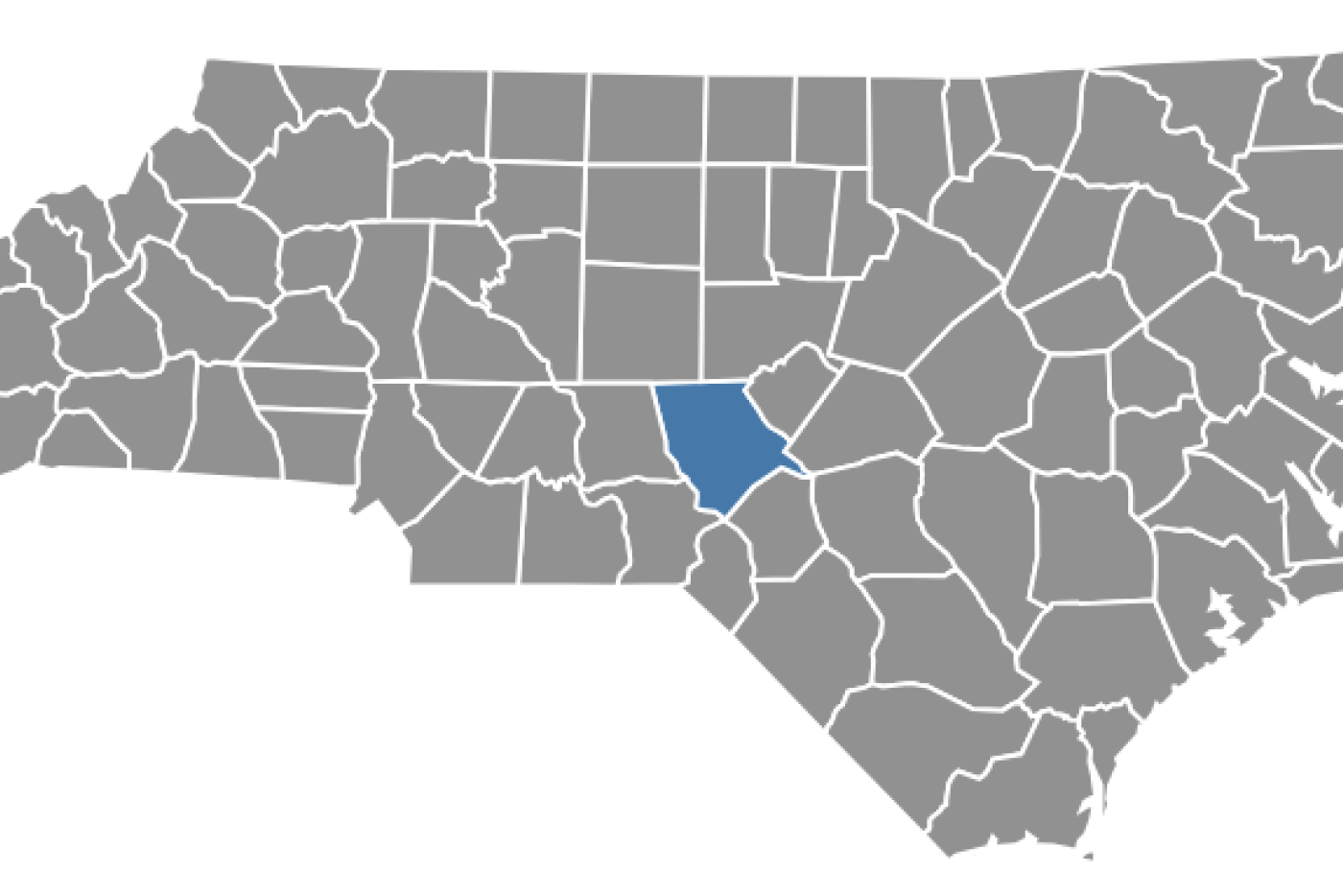Author: Andrew Duppstadt, DNCR
Content from this article is scheduled to appear in Recall, the magazine of the North Carolina Military Historical Society, and is published here with permission.
North Carolina formed Moore County from Cumberland County in 1784, naming it in honor of Alfred Moore of Brunswick. Moore served as a captain in the American Revolution and later became a justice on the United States Supreme Court. The town of Carthage became the county seat in 1796.
Originally inhabited by the Siouan people, the first Europeans arrived in the area in the late 1730s. These settlers were English, German, and Ulster Scots, who also brought enslaved people with them to the region. The European settlers relied on the labor of enslaved peoples to support agriculture, lumber, and naval stores as their main sources of income.
Born in May 1755 in New Hanover County, Alfred Moore belonged to a long-standing, politically connected family in North Carolina. His great-grandfather, James Moore, governor of the colony from 1700-1703, and his father, Maurice Moore, served as a judge who was a leader of the Stamp Act resistance in 1764-65. Alfred served as a captain in the First North Carolina Continental Line under his uncle, Colonel James Moore, fighting at the Battle of Moore’s Creek Bridge and the Siege of Charleston before resigning his commission. He maintained involvement in the militia, serving as a colonel from 1777-1782. Late in the war, British forces under Major James Craig burned Moore’s plantation.
After the war, Moore reestablished his plantation where he enslaved forty-eight individuals. He won election to the General Assembly and served as Attorney General of the State from 1782 to 1791. An ardent Federalist, Moore favored a strong federal government, and he became a leading proponent of the United States Constitution. After losing two bids for a United States Senate seat, Moore accepted an appointment to the North Carolina Superior Court in 1798. In December 1799, President John Adams nominated Moore to succeed fellow North Carolinian James Iredell on the United States Supreme Court, a position Moore held until his resignation in 1804. Moore died in October 1810.
Bordered by Chatham, Cumberland, Harnett, Hoke, Lee, Montgomery, Randolph, Richmond, and Scotland counties, Moore occupies 705 square miles in the Sandhills region of the state. With a population of just under 110,000 residents, incorporated towns include Carthage, Cameron, Aberdeen, Pinehurst, and Southern Pines. Economically, Moore County has the tenth-largest tourism economy in the state, largely due to the numerous golf courses and resorts in and around Pinehurst and Southern Pines. The county also benefits economically from its proximity to Fort Bragg, the largest army installation in the eastern United States. The county is home to Sandhills Community College and the Department of Natural and Cultural Resources' state historic site, House in the Horseshoe, the location of a 1781 skirmish between Loyalist and Patriot militia.
For more information and to learn more, visit: https://www.ncmilitaryhistoricalsociety.org/

